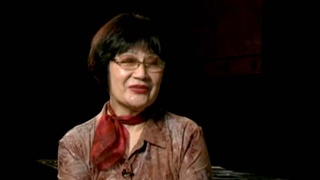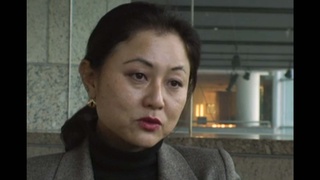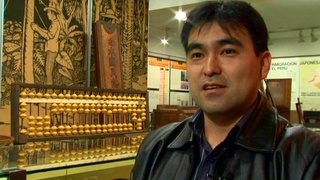Interviews
Nikkei identity (Spanish)
(Spanish) Sure, but there are two ways of being a Nikkei. Nikkei is…The concept may come from the outside and may come from the inside. The word Nikkei can be used to identify you because you descend from them, because this is the image you reflect, but may be not be what you identify with. There are people that are descendants but do not circulate in the Nikkei community anymore. They don’t have, as you say, the habits, beliefs. It happens that for these people, in a specific moment, from all the ones that I know, end accepting themselves as Nikkei, because when they say they’re not they say it in an offensive way. And the problem appears, as I told you, to be that the fear of being called Nikkei places you immediately as a suspect, that you’re not Peruvian. This is a Lie. We are very Peruvian and are Peruvian while also being a Nikkei. There is no problem. I think that is where the issue comes. People that say they are not Nikkei say it with a suspicious emphasis, as if they don’t like to be catalogued. And I think it has been a perception of the fear they have, more than of consciousness of not being it. It is more a fear of attitude, of losing the other identity or being questioned if they are Peruvian.
Date: February 26, 2008
Location: Lima, Peru
Interviewer: Harumi Nako
Contributed by: Asociación Peruano Japonesa (APJ)





